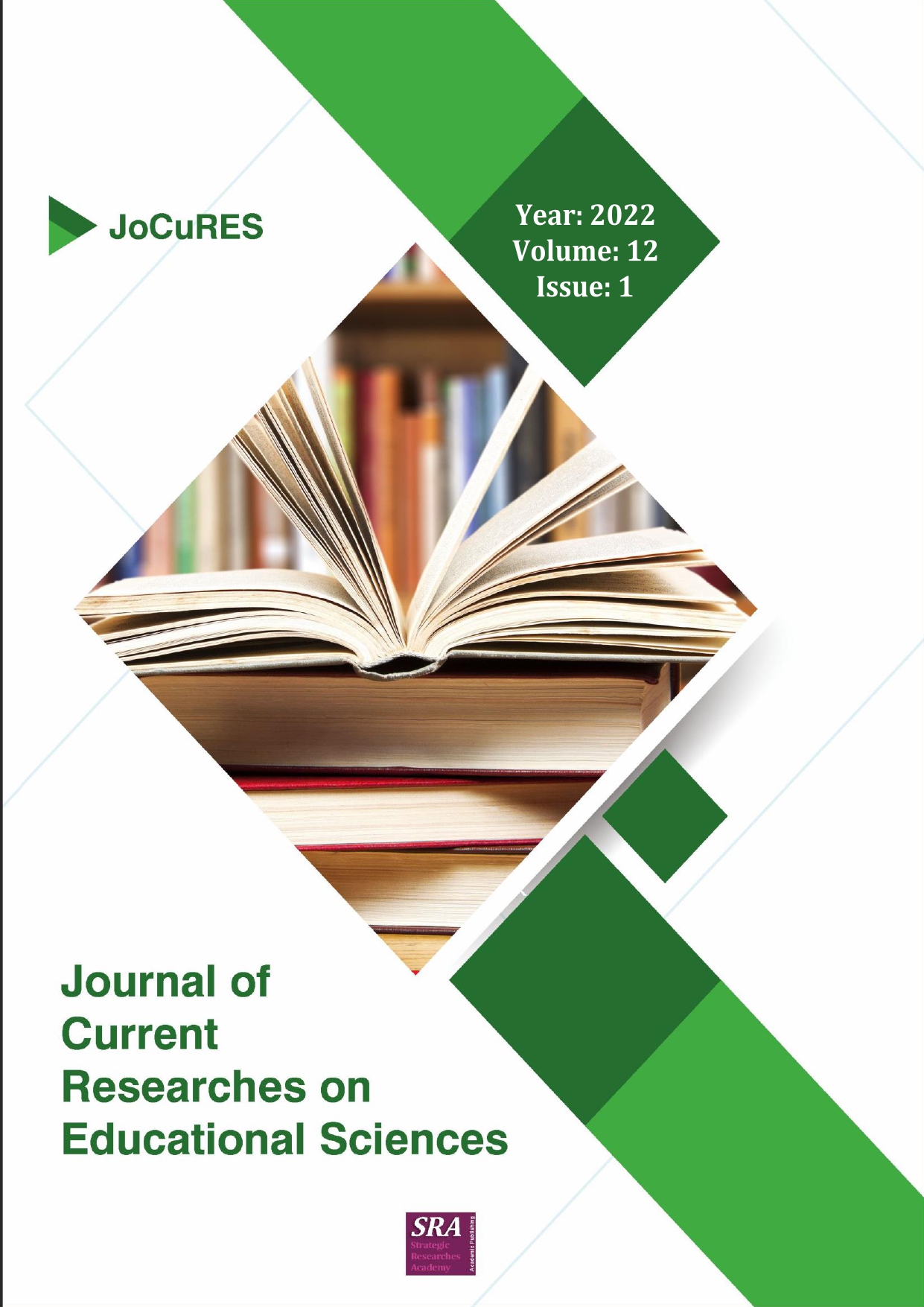Study of Swear Words in Selected Literary Works: A Syntactic-Semantic Analysis
Keywords:
swearing, swear words, syntactic, semantic, expletives, cursingAbstract
This study investigates the syntactic and semantic functions of swear words. The reason behind conducting this study is the steady increase of the use of swears words in every day conversations, which is naturally reflected in literary works. The study aims at revealing the roles and functions that swear words have within the structure of the sentence, showing the different types of swear words and giving reason for the act of swearing in human beings especially young ones. Hypothetically assumed that swearing has emotive, emphatic and even social purposes. In addition, swear words have a variety of syntactic and semantic functions, which mainly depend on the context and the situation. Furthermore, the classification of swear words vary from one scholar to other because of the subjective and connotative implications that swearing have. The significance of the study lies in the fact that although swearing is frowned upon by many people, it represents an essential part of human language. Additionally, any linguistic phenomenon is worth investigating whether it seems inappropriate or not. The data under analysis is the novel Eleanor & Park by the American novelist Rainbow Rowell. The novel is a love story between two teenagers set in the 80s and it was chosen due to the ample use of swear words among the characters. The study uses the classification of McEnery’s (2005) who categorizes swear words based on their syntactic and semantic functions. The results of the study show that syntactically swear words occupy almost all slots in sentence structure and semantically the function range from emotive, emphatic, connotative, literal and social.


